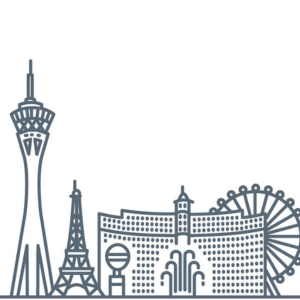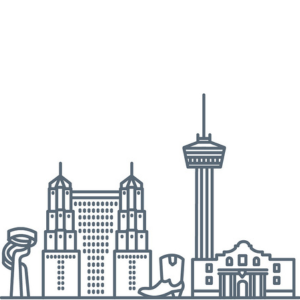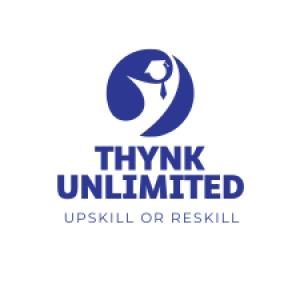
- nripage
- 06 Jun 2024 12:58 PM
- Workplace Insights
As remote and hybrid work models become increasingly common, building a strong organizational culture in distributed teams is both challenging and crucial. A strong culture fosters employee engagement, enhances collaboration, and drives organizational success. Here are key strategies to cultivate a robust organizational culture among distributed teams.
1. Define and Communicate Core Values
Clearly Articulate Values: Clearly define and communicate the organization’s core values, mission, and vision. These values should guide employees’ behaviors and decision-making processes, regardless of their location.
Consistent Messaging: Reinforce these values consistently through all communication channels, including emails, meetings, and company-wide announcements. This helps keep everyone aligned with the organizational culture.
2. Foster Open and Transparent Communication
Regular Updates: Provide regular updates about company news, projects, and achievements. This transparency helps build trust and keeps everyone informed and engaged.
Two-Way Communication: Encourage open dialogue and feedback from employees. Create forums such as virtual town halls, Q&A sessions, and feedback surveys to facilitate two-way communication.
3. Encourage Social Connections
Virtual Social Events: Organize virtual social events such as online happy hours, game nights, and team-building activities. These events help build relationships and camaraderie among team members.
Peer Recognition Programs: Implement peer recognition programs where employees can acknowledge and celebrate each other’s contributions. This fosters a sense of community and appreciation.
4. Leverage Technology for Collaboration
Collaboration Tools: Use collaboration tools such as Slack, Microsoft Teams, and Zoom to facilitate communication and teamwork. Ensure that all team members are proficient in using these tools.
Virtual Workspaces: Create virtual workspaces where teams can collaborate on projects, share documents, and track progress. Tools like Trello, Asana, and Miro can help manage projects and enhance collaboration.
5. Promote Inclusivity and Diversity
Inclusive Practices: Promote inclusive practices by encouraging diverse perspectives and ensuring that all voices are heard. Make sure meetings and discussions accommodate different time zones and schedules.
Diversity Training: Provide training on diversity, equity, and inclusion to raise awareness and foster an inclusive culture. This helps create a respectful and supportive work environment.
6. Provide Opportunities for Professional Development
Training Programs: Offer online training programs, webinars, and workshops to support employees’ professional growth. Continuous learning opportunities keep employees engaged and motivated.
Career Development Plans: Create personalized career development plans for employees, outlining clear paths for growth and advancement. Regular check-ins with managers can help employees stay on track with their goals.
7. Recognize and Reward Achievements
Recognition Programs: Develop recognition programs to celebrate employees’ achievements and milestones. This can include awards, shout-outs in company meetings, and digital badges.
Incentives: Offer incentives such as bonuses, gift cards, and extra time off as rewards for exceptional performance. Recognition and rewards boost morale and motivation.
8. Encourage Work-Life Balance
Flexible Work Hours: Offer flexible work hours to accommodate employees’ personal lives and responsibilities. This flexibility can reduce stress and improve overall well-being.
Promote Breaks and Time Off: Encourage employees to take regular breaks and use their vacation time. Promoting work-life balance helps prevent burnout and maintain productivity.
9. Lead by Example
Leadership Involvement: Ensure that leaders are actively involved in promoting and embodying the organizational culture. Leaders should model the behaviors and values they expect from their teams.
Transparent Leadership: Leaders should be transparent about their decisions and the direction of the organization. This transparency builds trust and fosters a positive work environment.
10. Measure and Adapt
Regular Surveys: Conduct regular employee surveys to gauge the health of the organizational culture and identify areas for improvement. Use this feedback to make necessary adjustments.
Continuous Improvement: Be open to change and continuously seek ways to enhance the organizational culture. Adapt strategies based on feedback and evolving needs.
Conclusion
Building a strong organizational culture in distributed teams requires deliberate effort and a multifaceted approach. By defining clear values, fostering open communication, leveraging technology, promoting inclusivity, and recognizing achievements, organizations can create a cohesive and engaged remote workforce. Strong leadership and a commitment to continuous improvement are key to maintaining a positive and productive organizational culture in a distributed work environment.








































